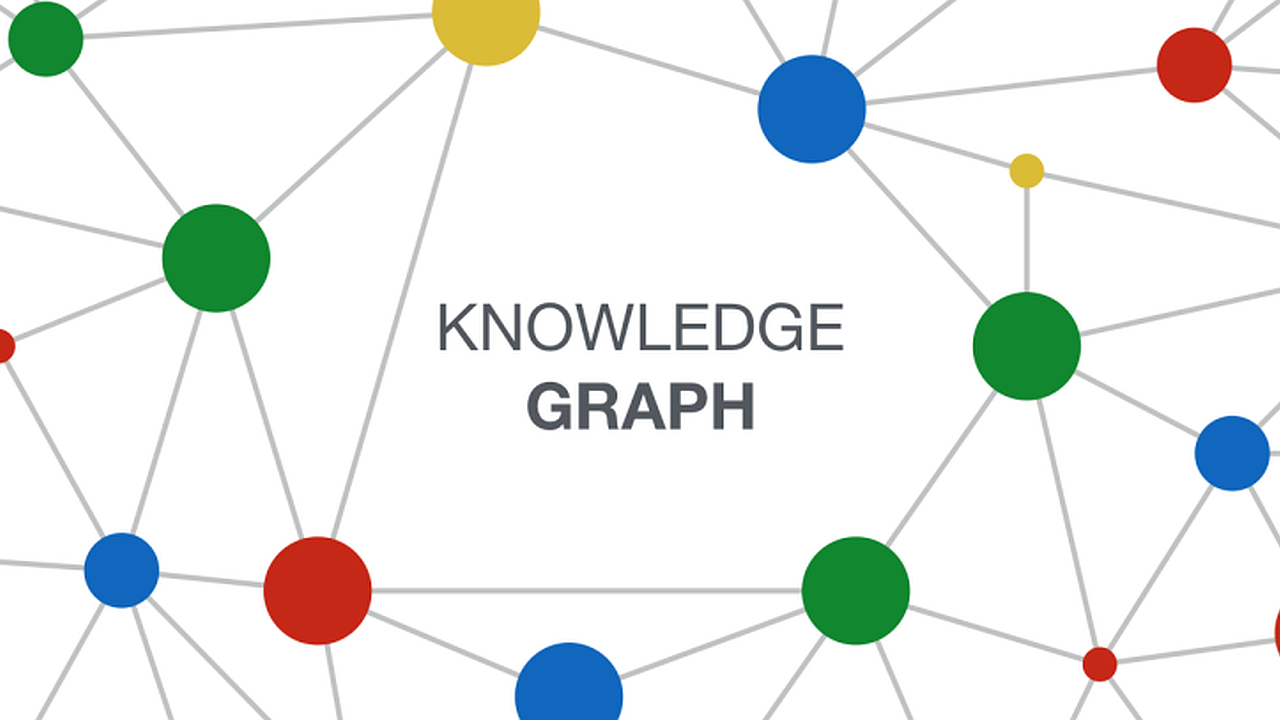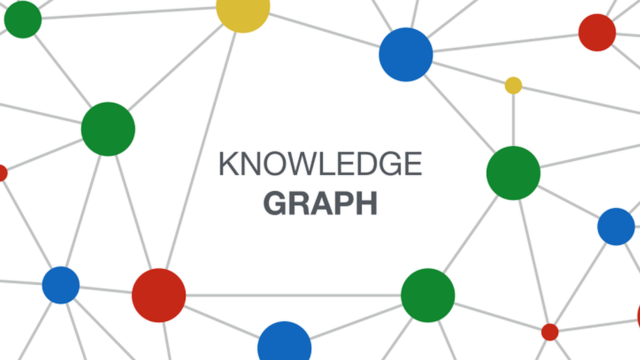
Introduction to knowledge graphs (section 4.2): Deductive knowledge – Semantics and entailment
This article is section 4.2 of part 4 of the Introduction to knowledge graphs series of articles. Recent research has identified the development of knowledge graphs as an important aspect of artificial intelligence (AI) in knowledge management (KM).
The conditions listed in the previous tables give rise to entailments; for example, the definition ![]() and edge
and edge ![]() entail
entail ![]() per the SYMMETRIC condition of Table 2. Hogan and colleagues’ comprehensive tutorial article1 describes how these conditions lead to entailments.
per the SYMMETRIC condition of Table 2. Hogan and colleagues’ comprehensive tutorial article1 describes how these conditions lead to entailments.
Model-theoretic Semantics
Each axiom described by the previous tables, when added to a graph, enforces some condition(s) on the interpretations that satisfy the graph. The interpretations that satisfy a graph are called models of the graph. If we considered only the base condition of the ASSERTION feature in Table 1, for example, then the models of a graph would be any interpretation such that for every edge ![]() in the graph, there exists a relation
in the graph, there exists a relation ![]() in the model. Given that there may be other relations in the model (under the OWA), the number of models of any such graph is infinite. Furthermore, given that we can map multiple nodes in the graph to one entity in the model (under the NUNA), any interpretation with (for example) the relation
in the model. Given that there may be other relations in the model (under the OWA), the number of models of any such graph is infinite. Furthermore, given that we can map multiple nodes in the graph to one entity in the model (under the NUNA), any interpretation with (for example) the relation ![]() is a model of any graph so long as for every edge
is a model of any graph so long as for every edge ![]() in the graph, it holds that
in the graph, it holds that ![]() in the interpretation (in other words, the interpretation maps everything to
in the interpretation (in other words, the interpretation maps everything to ![]() ). As we add axioms with their associated conditions to the graph, we restrict models for the graph; for example, considering a graph with two edges –
). As we add axioms with their associated conditions to the graph, we restrict models for the graph; for example, considering a graph with two edges – ![]() and
and ![]() – the interpretation with
– the interpretation with ![]() is no longer a model as it breaks the condition for the irreflexive axiom.
is no longer a model as it breaks the condition for the irreflexive axiom.
Entailment
We say that one graph entails another if and only if any model of the former graph is also a model of the latter graph. Intuitively, this means that the latter graph says nothing new over the former graph and thus holds as a logical consequence of the former graph. For example, consider the graph ![]() and the graph
and the graph ![]() . All models of the latter must have that
. All models of the latter must have that ![]() , but so must all models of the former, which must have
, but so must all models of the former, which must have ![]() and further must satisfy the condition for SUBCLASS, which requires that
and further must satisfy the condition for SUBCLASS, which requires that ![]() also hold. Hence, we conclude that any model of the former graph must be a model of the latter graph, and thus the former graph entails the latter graph.
also hold. Hence, we conclude that any model of the former graph must be a model of the latter graph, and thus the former graph entails the latter graph.
Next part (section 4.3): Deductive knowledge – Reasoning.
Header image source: Crow Intelligence, CC BY-NC-SA 4.0.
References:
- Hogan, A., Blomqvist, E., Cochez, M., d’Amato, C., Melo, G. D., Gutierrez, C., … & Zimmermann, A. (2021). Knowledge graphs. ACM Computing Surveys (CSUR), 54(4), 1-37. ↩


